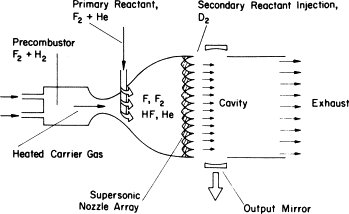Scaling a space-based laser fleet to real-world nuclear warfare is exactly why SDI struggled- between the number of targets, fuel logistics, and maintenance, it becomes an infrastructure problem as much as a technological one. Even if each laser system performed flawlessly (which is a big 'if'), the sheer number of assets needed for full coverage, not to mention the cost of keeping them fueled and operational, makes it seem like an unsustainable arms race.
But I think what makes this interesting is how different the conversation would be if modern launch systems had existed back then. If we’d had something like Starship or even Falcon Heavy decades ago, could SDI have actually been deployed at scale? Or was the laser tech itself still the biggest bottleneck?
The Big Dumb Booster concepts from around that era (referencing the discussion and comments on (
https://up-ship.com/blog/?p=24343) and possibly the Advanced Launch System (ALS) or the Shuttle-derived HLV proposals were likely meant for heavy polar orbit payloads, but got scrapped when Cold War priorities shifted. If a launcher like that had been funded and operationalized, maybe Zenith Star wouldn’t have looked quite so impossible from a logistics standpoint. And also, if launch was less of a constraint, was laser tech still the limiting factor?


